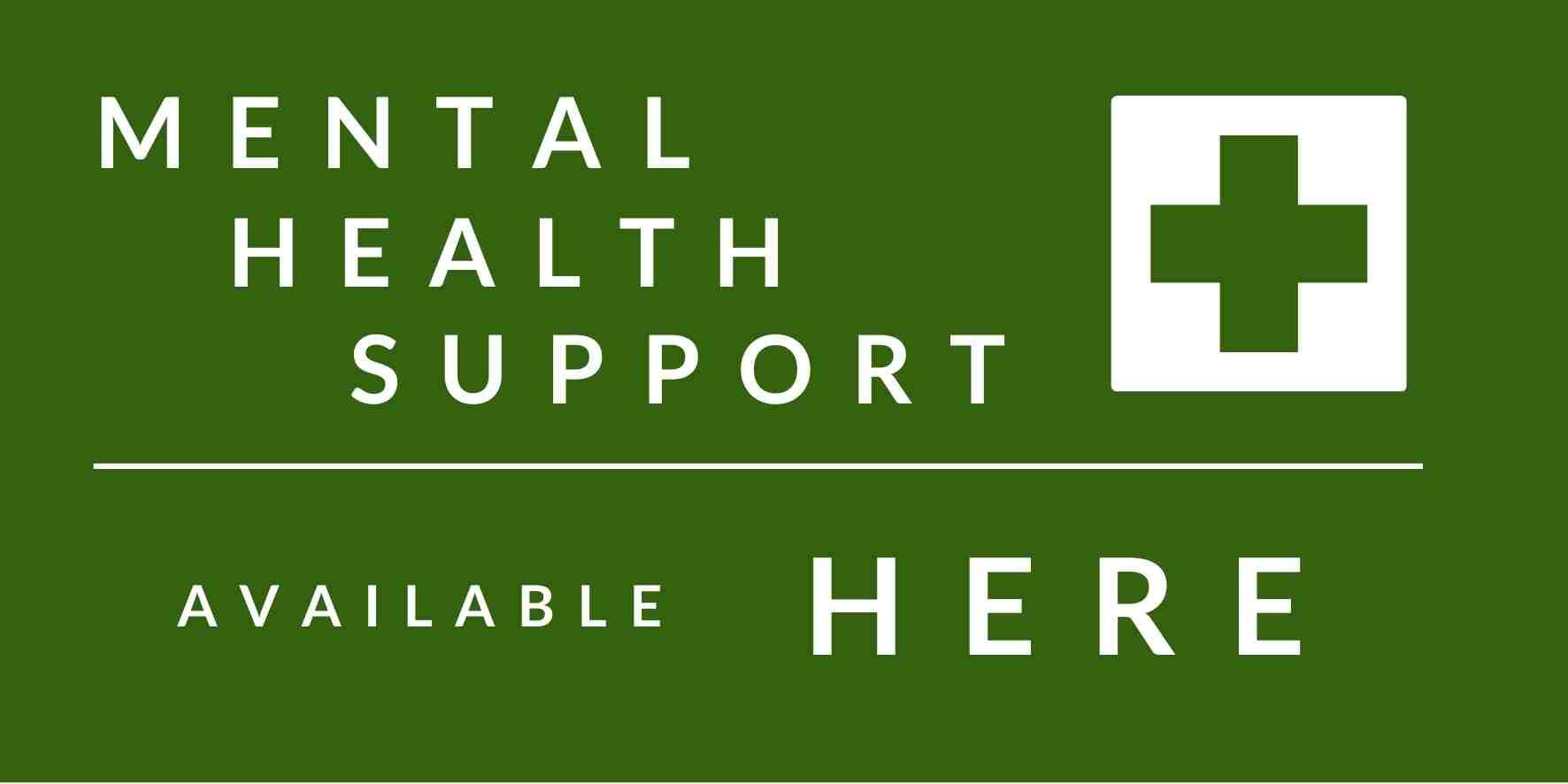14) Types of mental health conditions - OBSESSIVE-COMPULSIVE DISORDER (OCD)
OCD is also an anxiety-based disorder, whereby the person suffering from OCD experiences involuntary obsessions and/or intrusive thoughts that makes them engage in compulsive and obsessive behaviour to relieve the anxiety that arises from their obsessions.
- OBSESSIONS - recurring, unwanted thoughts that a person can’t dispel. They are often about fear of contamination.
- COMPULSIONS - called ‘rituals’, these are repetitive behaviours that a person engages in to help diffuse the anxiety that accompanies the obsessions. They can include checking and rechecking, arranging things in a particular way, following a set system of doing things, washing hands frequently, repeating specific words or phrases. When a cycle of obsession develops, this can seriously affect and restrict a person’s life.
Types of OCD
Contamination Obsessions / Cleaning Compulsions - In contamination OCD, a person feels disgusted and anxious about germs, dirt, or anything they may consider as unclean. This can include just about anything: door handles, blood, body fluids, rubbish, rotten food, animals, chemicals, mess, deliveries, post etc.
If they are exposed they will feel contaminated, and start to form a ritual to cleanse themselves and/or their environment/possessions in order to protect themselves from their perceived contamination.
Rituals could include:
- Repeated hand-washing.
- The overuse of disinfectants and sanitisers.
- Change clothing multiple times a day.
In some cases of contamination OCD, a person with have two zones: the first contaminated, and the second clean, and will perform their rituals when gong from one zone to another.
Checking OCD - With Checking OCD, a person has compulsions around checking things repeatedly to make sure something has happened. This can include checking the stove is off multiple times, checking the doors and windows are locked, checking the car is locked over and over again, etc.
OCD with Ruminations / Intrusive Thoughts
- With this type of OCD, a person spends a lot of time focusing on thoughts that disturb them, these can include:
- A fear of harming someone.
- Inappropriate thoughts about people they know.
- Disturbing thoughts about people they don't know.
- A fear that something horrible or bad will happen soon.
Symmetry Obsession and Ordering Compulsions - In this type of OCD, a person wants everything around them in order.
This can include:
- Placing things in rows.
- Organising things in colour.
- Arranging furniture so that it is perfectly aligned.
- Matching levels precisely when filling cups, glasses, etc.
- Arrange labels of jars etc., so they are perfectly aligned.
People with Symmetry Obsession and Ordering Compulsions tend to feel extremely anxious with disorganised spaces / things.
Hoarding OCD - With this type of OCD, a person finds it extremely hard to let go of things which they no longer need. This can include just about anything; from piles of old papers and magazines, to bottle tops, plastic bags, clothes, and cartons.
Risks associated with OCD
Dangers can include:
- A general poor quality of life as a direct result of their disruptive behaviours.
- Depression - which can often arise at peaks in their OCD.
- Difficulty in forming and sustaining relationships.
- Anxiety - which causes the inability to focus on work or studies.
- Social isolation and loneliness.
- Abandonment by others not able to accept or understand their behaviours.
- Substance abuse - as a way of escaping their anxiety and intrusive thoughts.
- Eating disorders - a way of escaping their anxiety and intrusive thoughts.
- A feeling of embarrassment and shame at their behaviour, or in trying to hide their behaviour.
→ If OCD goes unaddressed, people can quickly become a slave to their obsessions, intrusive thoughts and compulsive behaviours.
